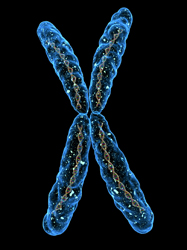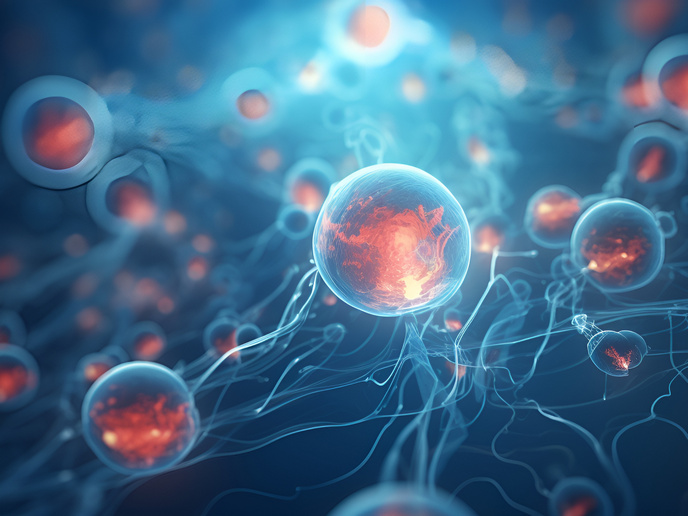The phenomenon of X chromosome inactivation
To correct the imbalance between XX females and XY males, females have evolved the unique mechanism of X chromosome inactivation (XCI), an epigenetic phenomenon that results in transcriptional silencing to attain equal gene dosage. The expression of the X-inactive specific transcript (XIST) RNA molecule initiates the process of XCI by coating the inactive chromosome and inducing chromatin alterations that turn off gene transcription. Using embryonic stem (ES) cells, the EU-funded Simaorochaxci project aimed to study the functional significance of the dynamic chromatin changes associated with the inactive X chromosome (Xi). Project scientists were particularly interested in the mechanism of loss of active marks during the initiation of XCI. The project built on the hypothesis that certain enzymes would remove active chromosomal marks such as methylation of histone 3 at the lysine locus 4 (H3K4 methylation) associated with gene transcription. Loss of H3K4 methylation accompanies initiation of the XCI phenomenon. By operating a fluorescence-tagging system, project scientists were able to visualise and assess the recruitment of proteins of interest to specific chromosomal locations. Results showed that the XIST RNA molecule was responsible for bringing the protein Jarid2 to the Xi. This triggered the recruitment of the polycomb (PcG) protein repressive complex 2 (PRC2), thereby inducing gene silencing. The Simaorochaxci project findings significantly advanced our knowledge of the X inactivation phenomenon and the associated chromatin modifications. Apart from helping us understand gene inheritance and transcription, these data could be extrapolated to deduce gene regulation in other organisms.







